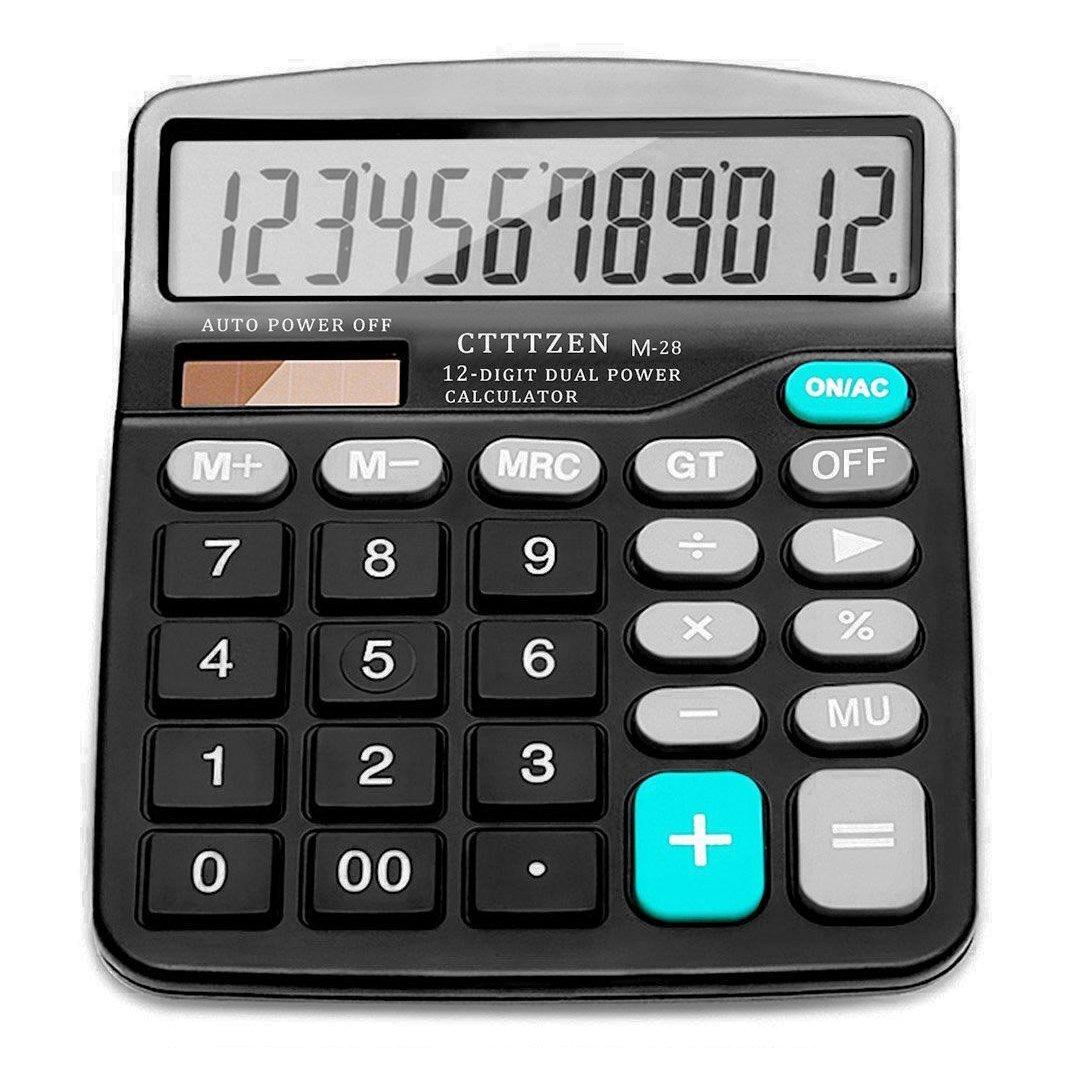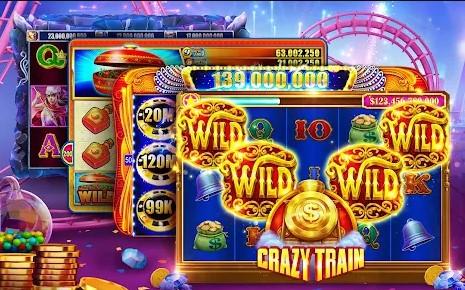Blockchain technology has emerged as a cornerstone of the digital economy, revolutionizing industries by introducing unprecedented levels of transparency, security, and decentralization. Initially, blockchain gained prominence through its association with cryptocurrencies like Bitcoin. However, its transformative impact is now being felt across sectors, including finance, supply chain management, healthcare, and especially the burgeoning world of digital assets and NFTs (Non-Fungible Tokens). Blockchain’s ability to create secure, immutable records has given rise to decentralized applications (dApps), reshaping the digital landscape.
Importance of Blockchain in NFT Marketplaces:
In the NFT space, blockchain acts as the backbone, enabling marketplaces like OpenSea to function. Blockchain ensures that every transaction is transparent and that digital assets can be uniquely identified and verified. This decentralized framework not only increases trust but also eliminates the need for intermediaries, allowing users to engage in peer-to-peer transactions securely. For anyone aiming to develop an OpenSea clone, understanding the role of blockchain is crucial for ensuring that the platform is robust, scalable, and secure.
1. Understanding Blockchain Technology
Definition and Key Features:
Blockchain technology is a decentralized ledger that records transactions across multiple computers. Each transaction is grouped in a “block,” and these blocks are linked together in chronological order, forming a “chain.” Key features of blockchain include:
- Immutability: Once data is recorded, it cannot be altered, ensuring the integrity of information.
- Decentralization: No single entity controls the blockchain, reducing the risk of centralized failures.
- Security: Blockchain employs cryptographic techniques, making it highly secure against tampering and fraud.
How Blockchain Enables NFTs:
NFTs are unique digital assets that represent ownership of a specific item or piece of content. Blockchain makes NFTs possible by providing a decentralized way to verify ownership, ensuring that each token is one-of-a-kind and cannot be duplicated. Every NFT is minted on a blockchain, typically Ethereum, where smart contracts handle the creation, transfer, and verification of ownership. This system ensures that buyers and sellers can trust the authenticity of their digital assets.
2. Blockchain Architecture and Its Role in OpenSea Clone Development
Decentralization and Peer-to-Peer Networks:
In blockchain-based systems, decentralization is key. Unlike traditional platforms that rely on central servers, an OpenSea clone would leverage a peer-to-peer (P2P) network. This means that data and transactions are distributed across multiple nodes, ensuring that no single point of failure can bring down the platform. Users retain control over their assets and data, fostering greater trust and security within the ecosystem.
Smart Contracts and Automation:
Smart contracts are self-executing contracts with the terms directly written into code. They automatically enforce agreements without needing a middleman. In an OpenSea clone, smart contracts enable seamless transactions, such as buying, selling, or auctioning NFTs. These contracts also handle royalty payments, ensuring that creators are compensated each time their work is resold.
Scalability Considerations:
One of the challenges in building a scalable OpenSea clone is managing the high volume of transactions. Blockchain networks like Ethereum often face congestion, leading to slow transaction times and high gas fees. Solutions such as Layer 2 protocols (e.g., Optimism, Arbitrum) and sidechains (e.g., Polygon) offer ways to scale the platform without compromising decentralization. These solutions help reduce transaction costs and improve throughput, making the platform more user-friendly.
3. Security and Trust in Blockchain-Based NFT Marketplaces
Immutable Ledgers and Fraud Prevention:
Blockchain’s immutability is a powerful tool in preventing fraud. Once a transaction is recorded, it cannot be altered or deleted. This creates a permanent, tamper-proof record of ownership and transaction history, which is critical in the NFT marketplace. Users can verify the authenticity and provenance of digital assets, reducing the risk of counterfeit NFTs.
Case Study: Security in Existing NFT Marketplaces:
For instance, OpenSea has faced security challenges, such as phishing attacks and smart contract vulnerabilities. However, the blockchain foundation of these platforms has helped mitigate risks by ensuring that ownership records remain intact even in the event of a breach. By analyzing these incidents, developers can learn to implement stronger security measures in their OpenSea clones, such as improved user authentication and advanced smart contract auditing.
Ensuring User Data Privacy:
While blockchain is transparent, it also offers privacy through encryption. In an OpenSea clone, user data can be protected using blockchain’s cryptographic techniques. Unlike traditional systems where data is stored centrally and vulnerable to breaches, blockchain ensures that personal information remains private and secure, accessible only by the rightful owner.
4. Blockchain and Economic Models in OpenSea Clones
Transaction Fees and Gas Costs:
A significant aspect of operating an NFT marketplace is managing transaction fees, particularly gas fees on blockchains like Ethereum. High gas costs can deter users from participating in the marketplace. For example, during peak times, Ethereum gas fees can reach hundreds of dollars, making small transactions uneconomical. Developers of OpenSea clones must consider alternatives such as integrating Layer 2 solutions or choosing blockchains with lower fees, like Binance Smart Chain or Solana.
Tokenomics and Incentives:
Blockchain enables the creation of native tokens that can be used within the platform for various purposes, such as paying transaction fees, rewarding users, or staking. For instance, a governance token could give users voting rights on platform upgrades. Incentives like these drive user engagement and contribute to a thriving ecosystem, ensuring long-term sustainability for the OpenSea clone.
Revenue Streams:
Blockchain technology supports various revenue streams for both developers and users in an OpenSea clone. Developers can earn through listing fees, transaction commissions, and premium services. Additionally, blockchain facilitates royalties, allowing creators to earn a percentage of sales each time their NFT is resold. This ongoing revenue stream is a powerful incentive for creators to list their works on the platform.
5. Future Trends and Blockchain Innovations in NFT Marketplaces
Emerging Blockchain Technologies:
The future of NFT marketplaces is closely tied to the evolution of blockchain technologies. Ethereum 2.0, with its transition to Proof-of-Stake (PoS), promises to improve scalability and reduce energy consumption. Meanwhile, alternative blockchains like Solana and Polkadot are gaining traction for their high throughput and low fees. These advancements will likely shape the next generation of OpenSea clones, making them faster, cheaper, and more efficient.
Interoperability and Cross-Chain Solutions:
As the NFT ecosystem grows, the need for interoperability becomes more pressing. Cross-chain solutions enable assets to move seamlessly between different blockchains. For instance, projects like Polkadot and Cosmos are building frameworks that allow different blockchains to communicate with each other, paving the way for more versatile and interconnected NFT marketplaces.
Sustainability and Environmental Concerns:
Blockchain technology, particularly Proof-of-Work (PoW) models, has faced criticism for its environmental impact. The energy consumption of networks like Bitcoin and Ethereum has raised concerns about sustainability. However, the shift to Proof-of-Stake (PoS) and other energy-efficient models is addressing these issues. OpenSea clones can contribute to this movement by choosing eco-friendly blockchain platforms, aligning with the growing demand for sustainable digital solutions.
6. Successful OpenSea Clone Implementations
Real-World Examples:
Several OpenSea clone projects have successfully entered the market. For example, Rarible and Mintable offer similar functionalities to OpenSea, attracting significant user bases by focusing on user experience and community engagement. These platforms have also integrated various blockchain networks, expanding their reach and reducing reliance on any single blockchain.
Blockchain Choices:
The choice of blockchain platform significantly impacts an OpenSea clone’s success. For instance, Rarible’s decision to integrate with multiple blockchains, including Ethereum and Flow, has allowed it to tap into different user segments and reduce gas fee-related friction. By analyzing these choices, developers can make informed decisions about which blockchain to build on, balancing factors like security, scalability, and user adoption.
Conclusion
Blockchain technology plays a pivotal role in the development of OpenSea clones, offering the foundation for decentralization, security, and innovative economic models. From ensuring trust through immutability to enabling complex transactions with smart contracts, blockchain’s capabilities are essential for any NFT marketplace. Developers and entrepreneurs looking to build an OpenSea clone must stay informed about the latest blockchain trends and technologies to create platforms that are not only functional but also sustainable and scalable.
Looking ahead, as blockchain technology continues to evolve, the possibilities for NFT marketplaces will expand, offering new opportunities for creativity and commerce. By staying ahead of the curve, developers can create innovative, resilient platforms that cater to the growing demand for digital assets in the global economy.






